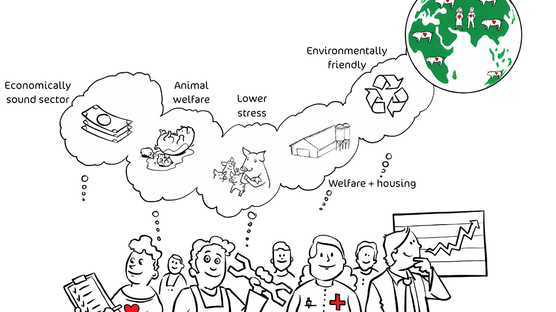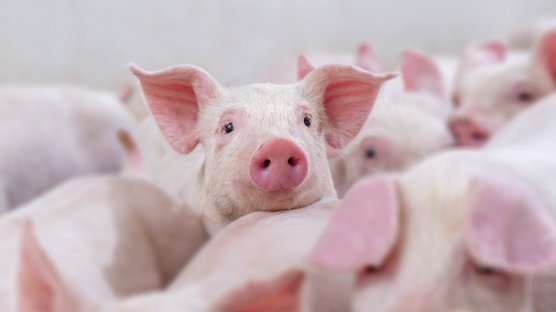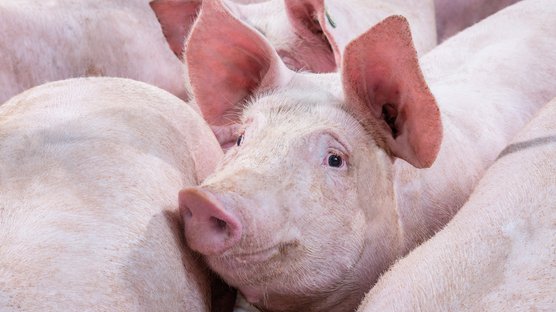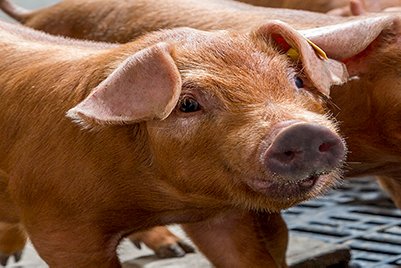
Published on Oct. 30, 2018
Unmatched Adaptability, Unparalleled Results
More than anything else, the ability to adapt is crucial in pork production. Consumer tastes and market demands are always shifting, and producers have to keep up. To do that, they need a sire line that can adapt and thrive in the face of constant change. Where some competitors find change unsettling, the Hypor Magnus finds opportunity. Since every client is unique, the Hypor Magnus offers customized sire selection to meet your needs, achieve your goals and exceed your expectations.
Customized focus
“Every producer has a unique goal, something that is critical to their farm and their business,” said Ernie Meyer, Manager of Production & Technical Services for Hypor USA. “For a producer with limited space, average daily gain (ADG) might be extremely important, as he needs pigs to go in, grow fast and get out of the barn as soon as possible.”
On the other hand, a farm with ample space may focus more on feed conversion ratio (FCR), or some producers have a specialized grid they want to hit, and need certain carcass characteristics to get there. By accommodating a range of producers and priorities, the Hypor Magnus customized sire selection program offers a strong, proven return on investment, paying for itself many times over.
“These boars are like triathletes,” said Meyer. “Some are strong swimmers, while others shine at running or cycling. They are all extremely good pigs, but they each stand out in some areas more than others.”
Finding the sire that excels where a producer needs it most is what the Hypor Magnus customized sire selection program does best. While random selection might give you a variety of boars in the same pool of semen, this program ensures uniformity through the entire system by organizing sires based on specific traits.
Customized value
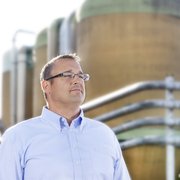
If we can find a sire pool to help customers achieve their goals, we provide real value for them. Ultimately, that’s what unmatched adaptability is all about: matching what we have to what the producer needs.
The Hypor Magnus customized sire selection program is already in practice at a Canadian stud, where available boars are pooled based on their estimated breeding values (EBVs) for back fat, muscle depth, FCR and ADG. For a small increase in cost per service, there is a different return on investment depending on the pool chosen (see diagram below).
Whether it’s fast growth or feed conversion, Hypor can find boars with higher EBVs for a specific trait and make up a custom semen pool to maximize results for producers where it matters most. Best of all, those results come with no added effort by producers and returns that are hard to match with any other asset.
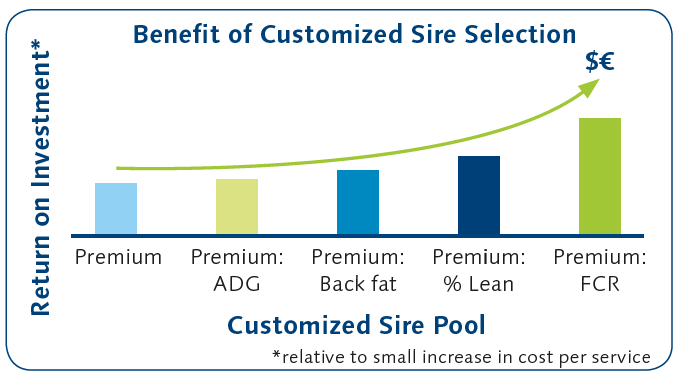
Customized results
“For example, we put together a return on investment calculator for ‘% lean’ that showed a 15% return on investment,” said Meyer. “As we continue to improve post-cervical artificial insemination and as more producers adopt this method, we’ll be able to decrease the dose volume per breeding to use even better sires and further enhance the advantage for our customers.”
At the end of the day, success is about adapting to change and not just surviving, but thriving. While every farm is focused on profit, customized sire selection with the Hypor Magnus allows each system to fine tune its genetic program to its unique profit model. In the process, the program supports Total System Profitability by keeping your costs low, your returns high, and your goals well within reach.

